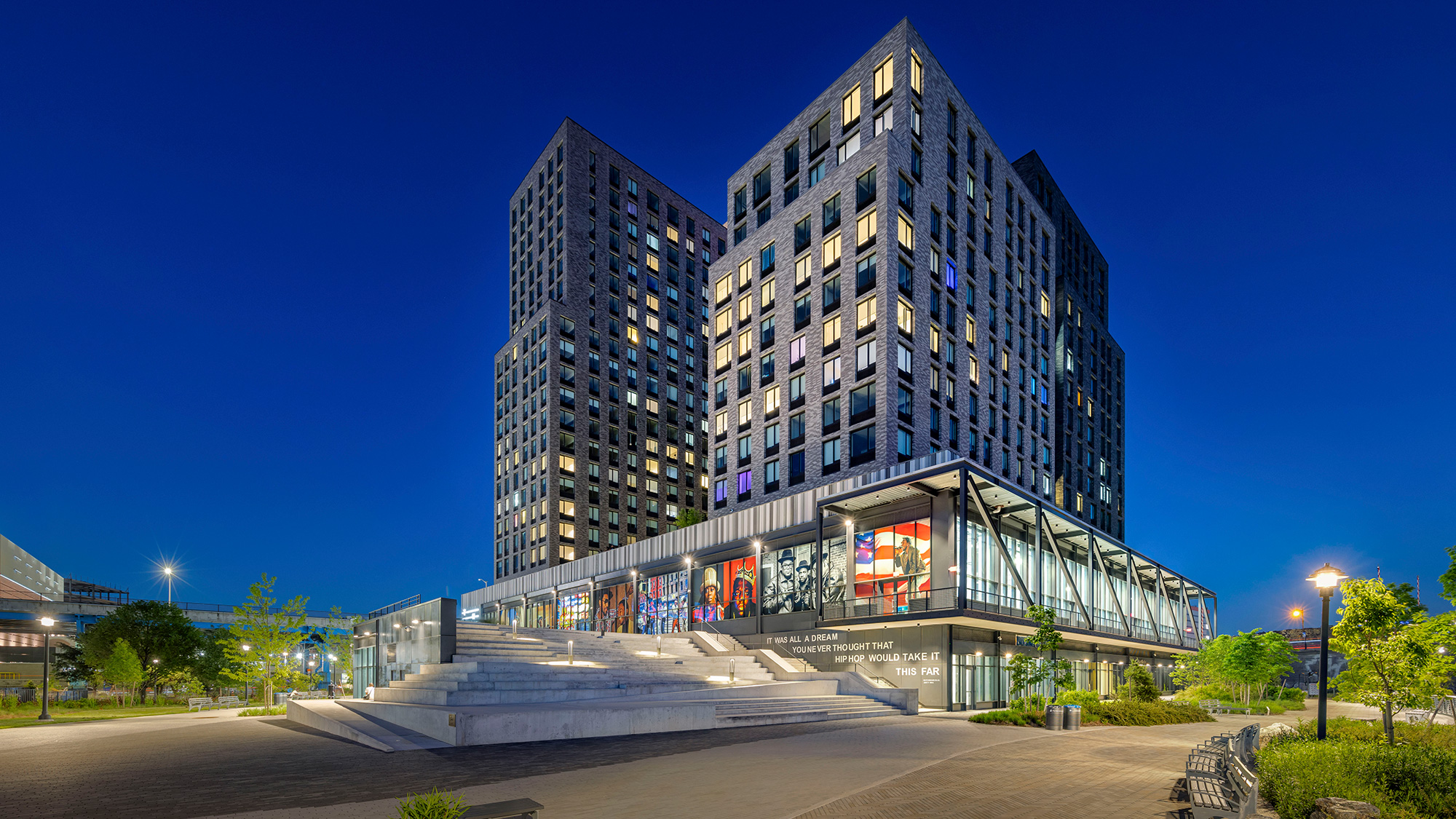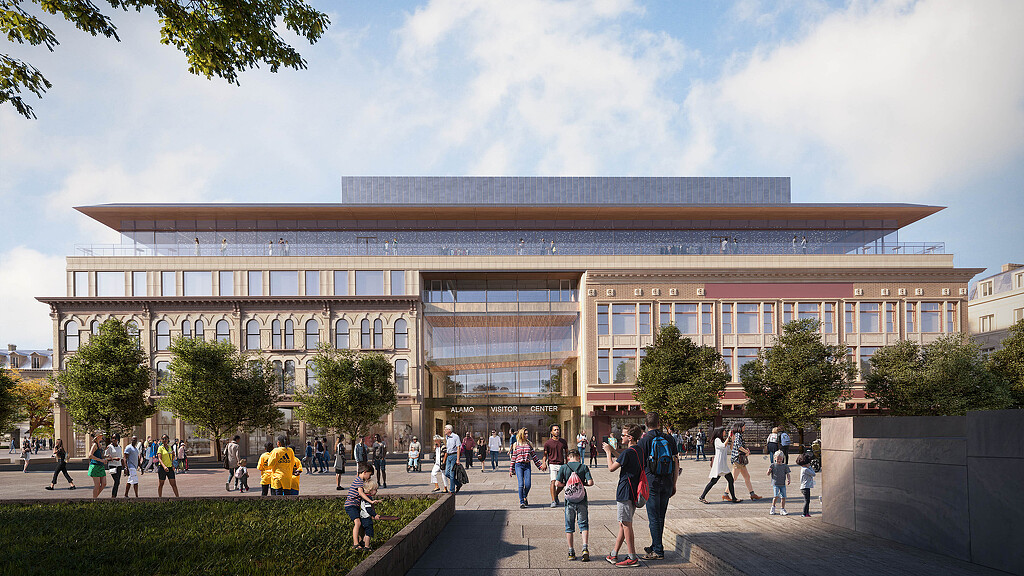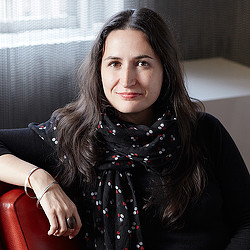The Evolution of the Museum
September 03, 2024 | Q&A with Bevin Savage Yamazaki
The role of the museum has evolved. No longer solely a place for collecting, storing, and preserving objects, today’s museums have become hubs for dialogue and conversation that are more open, inclusive, and accessible. Unlike the static, walled institutions of the past, modern museums now flourish with the active participation of communities, offering varied experiences for education, wonder, reflection, and knowledge sharing.
We sat down with Bevin Savage Yamazaki, co-leader for Gensler’s Culture & Museums practice, to discuss how the design of cultural and museums spaces is shifting to meet this evolution and keep up with visitors’ changing expectations.
How has the role of museums evolved from being primarily about collecting, conserving, and showcasing materials to the public to becoming more community focused, educational, and accessible?
Bevin Savage Yamazaki: The International Council of Museums (ICOM) was established in 1946 and hosted its first gathering that year in Paris, just months after WWII ended. As part of its foundation, it crafted its first definition of museums as a place where “collections were open to the public of artistic, technical, scientific, historical, and archeological material.”
This description continued to evolve through a series of iterations over the decades, with its most recent in 2022, which posited that museums are institutions in the service of society as a place that “researches, collects, conserves, interprets, and exhibits tangible and intangible heritage,” that foster diversity, operate ethically with the participation of communities, “offering varied experiences for education, enjoyment, reflection and knowledge sharing.” The evolution of the definition is clearly connected to societal shifts, from a post-war landscape focused on preservation to our current climate, post-Covid and following the murder of George Floyd and the Black Lives Matter movement and its push to refocus around social justice, community engagement, and accessibility.
The International Council of Museums crafted its first definition of museums in 1946, which has evolved over time.
Another aspect of this shift is around the question of collections themselves. The London Times and the British Museum recently hosted a debate about the role of the universal museum, or what is known as the encyclopedic museum in the U.S. The British Museum was established during the Age of Enlightenment in 1753. It was an amalgam of “foundation collections,” including a collection of curiosities donated by Hans Sloane, along with several library collections, some dating back to Elizabethan times. This new kind of museum was public and presented objects collected from around the world. This was a cabinet of curiosities, gathered over centuries of colonization, whose objects and stories were shaped and told through the lens of the British Empire.
One of the issues currently being debated is, who owns these collections? Should we be decolonizing the museum, addressing repatriation, or focusing on reinterpretation, mapping and contextualizing the journey of these objects to the museum? It’s likely a measure of both, creating experiences that not only preserve and collect, but also interpret, engage, and share a range of stories that are trustworthy, ethical, and inclusive. After all, museums are not-for-profit, permanent institutions that are in service to society.
This new way of storytelling is a huge aspirational shift away from the polemic, what visitors should see and learn in the museum, to a focus on authentic storytelling that encourages you to chart your own path or discovery experience in the space. There’s been a move in terms of not only how things are exhibited, but also in the way that museums are designed to allow for more varied visitor experiences. Yet, many of today’s legacy museums are often not set up to capture these newer expectations.
At the Alamo Visitor Center and Museum, a key design driver was the need to make the history of the Alamo accessible to all visitors. The addition of a 4D theatre, along with varied gallery spaces and storytelling experiences, ensures that all visitors have an entry point into the story of the Alamo. Similarly, our work with The Hip Hop Museum in New York has focused on creating a range of entry points into Hip Hop culture, encouraging visitors to chart their own path through the space and engage in a range of interactive experiences.

Can you talk more about the idea of the “non-collecting museum”? Why are these types of museums flourishing, and what do they look like?
BSY: I’ve always been interested in the European Kunsthalle model, conceived as an institution with no permanent space, no permanent collection, and no government mandate. Agile due to its lack of collection and contemporary due to its ability to focus its experiences around issues of the day, The New Museum in New York is a great example of this model. Part of that nimbleness and evolution is because they don’t carry the requirements of protecting, collecting, and preserving. Instead, they are driven around exhibitions that capture the zeitgeist. The building itself becomes a canvas for art and dialogue, driving conversations that are more open and diverse for larger community participation.
The Kunsthalle model is driven not only by exhibitions, but also around programming. It’s designed to have varied, multipurpose spaces that can serve as galleries, performing art spaces, or spaces to host lectures or community conversations. They differentiate themselves from more past-centric institutions by being more forward-looking, dynamic, and engaging. This model can be a significant reference point for collecting museums to think about the creation of spaces that can support the reinterpretation of their collections around themes of the day that are actively intertwined with programming and activated visitor experiences, exemplify trustworthiness and belonging, and become third-place community anchors.
How are museums becoming more mixed-use and multipurpose, and how does this open up new revenue streams and bolster long-term operational sustainability?
BSY: Once the pandemic started, there was a clear focus for museums to reopen and remain open. Since then, conversations with our museum clients have revolved around revenue generation and need for operational sustainability. As architects, the question we are asking is, “Where can we bring value?” Designing more hospitality-driven opportunities, not necessarily a full-service restaurant, but by looking at ways of bringing unexpected ephemeral experiences, like a pop-up living room or food experience that is tied back to an artist on exhibition or program underway, can lead to unexpected moments of wonder and joy.
Integrating a range of hospitality experiences into the design for the Alamo Visitor Center and Museum was key to ensure revenue generating opportunities. We designed a divisible multipurpose rental venue with a wrap-around terrace and bar that can host varied events and gatherings, along with a garden adjacent café, which extends visitation and encourages social interaction.
Thoughtful design can help support spending more time at the museum with family and friends, starting with a lecture, going into a gallery, getting coffee, and engaging with other patrons. That experience can start before visitors arrive and continue after they leave, extending their interaction with the institution and its brand.
For media inquiries, email .

